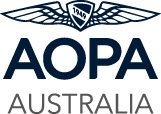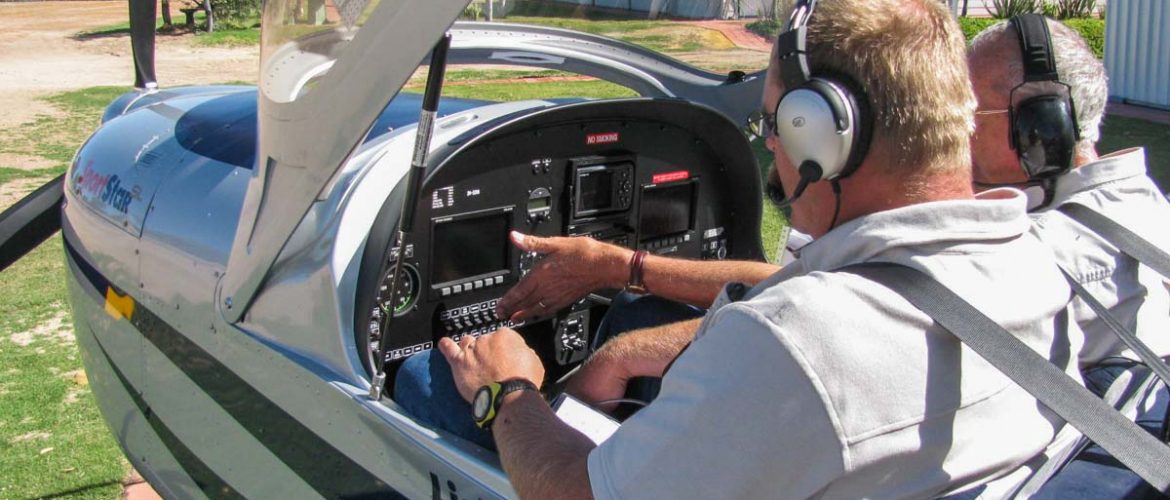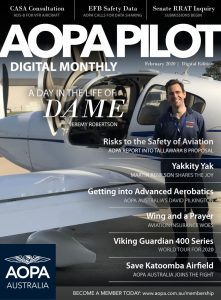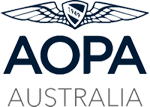The Recreational Aviation Australian Limited has released the following information for pilots and members;
“RA-Aus strongly encourages pilots and flight training operators considering undertaking private, recreational, or flying training activities, to carefully review and to follow, the advice or regulations which have been published in relation to social distancing, travel restrictions, or any prohibited or restricted activity.
“You should also consider your personal risk factors related to age, health status and other considerations, just as you would by using the IMSAFE check prior to flying. Flying is no different to any other activity and while it has not been explicitly mentioned as being exempt from any restrictions currently in place, please keep these restrictions in mind when considering what to do.
“COVID-19 advice and any associated regulatory requirements are made and published by Commonwealth, and/or state and territory departments. Importantly, the advice and regulatory requirements may change very quickly and hence should be regularly monitored.
“Perhaps the safest thing to do is simply not go flying if you’re not sure. Our planes will still be here after this pandemic passes so let’s make sure we’re healthy and haven’t wasted valuable fuel money on pointless fines!”
RA-Aus has been working on ways to support members in these challenging times. We are aware and supportive of the below CASA initiative to extend flight reviews and medical validity for Licence holders.
“This initiative provides some certainty during the current crisis and where the regulations permit. RAAus is working with CASA as a matter of urgency to extend similar initiatives to its members for biennial flight reviews, rating and approval holder renewals and medical validity. Please watch out for e-news updates and more information shortly.
“In addition to the recommended guidelines from the Department of Health RA-Aus has prepared additional considerations to keep you, our members safe:
Potential contamination hotspots
Aircraft contain a large number of touch-points for potential exposure. Here are some potential contamination hot-spots you should be considering before your next flight, particularly if you share an aircraft with others.
Pre-flight: Hangar doors, tie downs, keys, canopy covers, documents, engine cowling, oil dipstick, fuel caps, fuel tester, canopy latches (internal and external), seatbelts, instrumentation (Altimeter adjustment, glass cockpit screens, iPad), control column, throttle, headset and mic muff, switches, windscreens.
Refuelling: Fuel pump handle at airport bowser or at service station, keypad of bowser, jerry can, static line attachment point, fuel caps, fuel tester
In-flight: PTT, air vents, switches, control column.
Post flight: Tie-downs, hangar doors, pitot covers, canopy latches, canopy cover
IMSAFE
Pilots should ensure they are fit to fly prior to operating an aircraft. If you are unwell or have any coronavirus symptoms, avoid flying until you have fully recovered.
Pilot currency and skill management
Prior to flight, ensure you are current to safely operate your aircraft. Rather than carrying out long distance cross country flights, consider local A-A flights or refreshing your personal skills by conducting circuits, practicing forced landings or stalling in the training area. These operations can also be carried out without a passenger, ensuring pilots continue to follow social distancing recommendations.
Stick to your personal minimums
At a time where medical resources are already stretched we want to avoid the potential for the need for emergency services in the unlikely event that something does not go to plan.
We therefore recommend that thorough pre-flight planning be completed prior to flight to assess current conditions. If these conditions are challenging or fall outside your personal minimums then it is recommended that the flight be delayed until conditions improve. Let’s look out for each other during these difficult times.”






